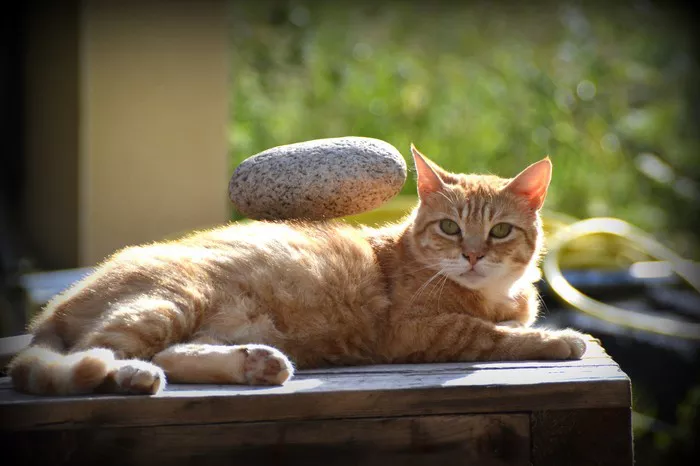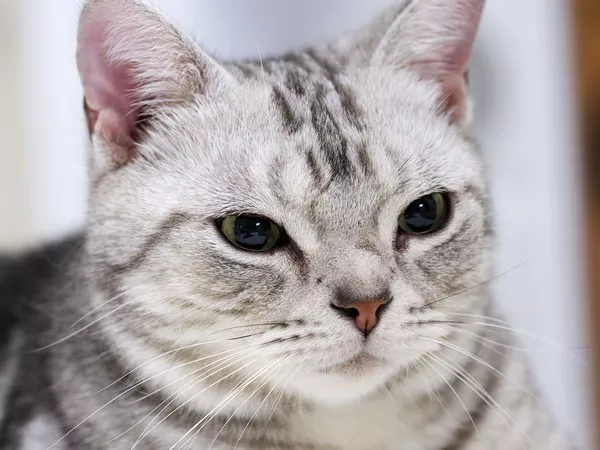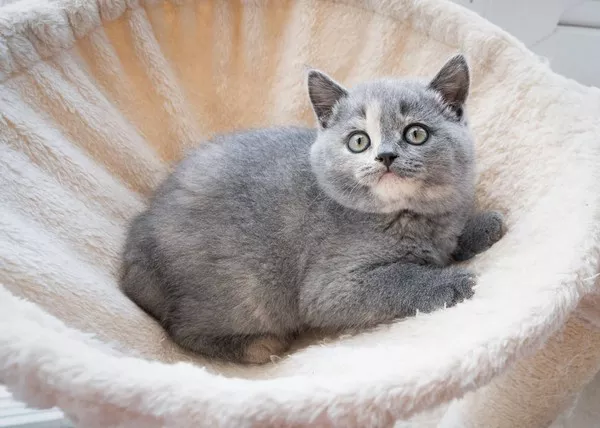Caring for a cat involves a range of responsibilities, and one of the essential tasks is maintaining a clean and hygienic litter box. The litter box is your cat’s private restroom, and keeping it clean not only ensures your cat’s comfort but also promotes their overall well-being. But how often should you clean the litter box? In this article, we will explore the factors that influence litter box cleanliness, discuss the optimal cleaning frequency, offer tips for effective maintenance, and address common concerns to provide the best experience for both you and your feline companion.
Understanding Your Cat’s Instincts
1. Cats Are Clean Creatures
Cats are naturally clean animals that groom themselves regularly. This instinct extends to their toileting habits, making a clean litter box a crucial component of their comfort.
2. Scent Marking
Cats use urine and feces as a form of scent marking to establish territory. By keeping the litter box clean, you help prevent undesirable behaviors related to scent marking.
Factors Influencing Cleaning Frequency
1. Number of Cats
The number of cats in your household directly impacts the frequency of litter box cleaning. More cats mean more frequent cleaning is necessary to prevent overcrowding and discomfort.
2. Litter Box Size
The size of the litter box matters. A larger box can accommodate waste for a longer period, while a smaller box might require more frequent cleaning.
3. Cat’s Age and Health
Kittens and senior cats may require more frequent litter box cleaning due to their specific needs. Cats with health issues might also need more attention to ensure their comfort.
Optimal Cleaning Frequency
1. Daily Cleaning
For most households, daily litter box cleaning is recommended. This prevents waste from accumulating, maintains a pleasant environment for your cat, and reduces the risk of odor.
2. Scooping Technique
During daily cleaning, scoop out clumps of waste and remove soiled litter. This practice helps maintain the litter’s cleanliness and reduces the need for frequent complete litter changes.
Complete Litter Changes
1. Frequency of Changes
In addition to daily scooping, complete litter changes are necessary. The frequency depends on factors such as the type of litter, the number of cats, and your cat’s preferences.
2. Types of Litter
Clumping litter is popular for its ease of scooping, but it also requires more frequent complete changes. Non-clumping litter may need less frequent changes but requires more diligent scooping.
Signs Your Litter Box Needs Cleaning
1. Odor
One of the most obvious signs that the litter box needs cleaning is the presence of strong odor. Regular cleaning helps prevent odor buildup.
2. Refusal to Use the Box
If your cat starts avoiding the litter box, it could be a sign that it’s too dirty for their liking. Regular cleaning can help prevent this issue.
3. Frequent Digging
Excessive digging or scratching in the litter might indicate that your cat is trying to find a clean spot. Prompt cleaning can alleviate this behavior.
See Also: Training Maine Coon Cats to Use the Litter Box: Tips & Methods
Maintaining a Clean and Comfortable Environment
1. Location Matters
Place the litter box in a quiet, low-traffic area where your cat can have privacy. Avoid placing it near their food and water bowls.
2. Provide Multiple Boxes
If you have multiple cats, providing multiple litter boxes can reduce competition and prevent overcrowding issues.
3. Regular Washing
Regularly wash the litter box with mild soap and water during complete litter changes. Avoid using strong-smelling cleaners that might discourage your cat from using the box.
Common Concerns and Solutions
1. Travel and Absence
If you’re traveling or away from home, arrange for someone to clean the litter box daily. Automatic litter boxes can also be useful in these situations.
2. Pregnancy and Children
Pregnant women and young children should avoid direct contact with cat feces. Maintain a clean litter box to reduce the risk of exposure to potential pathogens.
See Also: Why Is My Cat Pooping Outside the Litter Box & How to Stop It
Conclusion
In conclusion, the frequency of cleaning your cat’s litter box is a crucial aspect of responsible cat ownership. By understanding your cat’s instincts, considering factors like the number of cats and litter box size, and observing signs of cleanliness, you can determine the optimal cleaning frequency for your household. Daily scooping and regular complete litter changes are essential for maintaining a clean and comfortable environment for your feline friend. By providing a clean litter box, you contribute to your cat’s well-being, comfort, and overall quality of life. Remember that each cat is unique, so stay attuned to their preferences and needs as you establish a routine that ensures a hygienic and pleasant litter box experience for both you and your beloved cat.

























